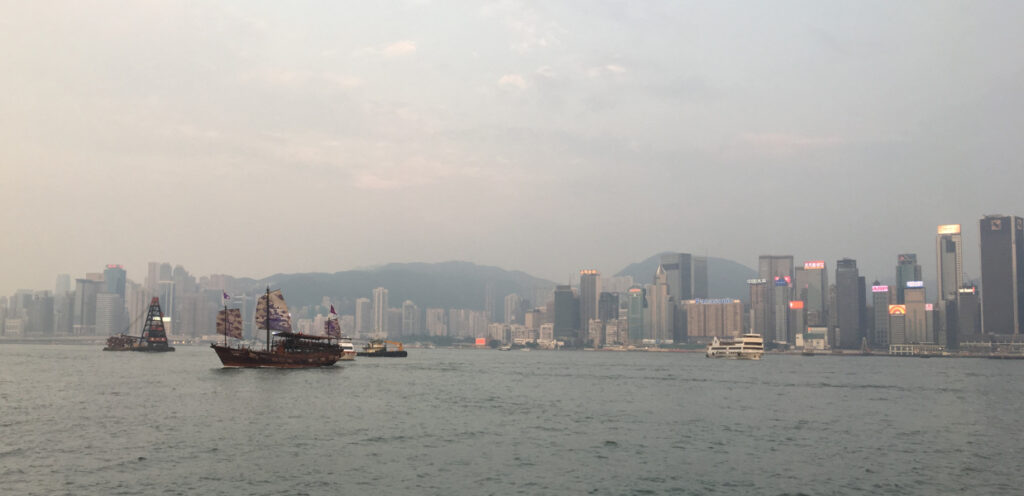REMINDER: Registration for the CATCH Open Science Workshop is open until
23:59 MDT 11 October 2019
If you wish to request travel support to the workshop, please register immediately and make sure to send your CV to .
CATCH Open Science Workshop
7-8 December 2019
Berkeley, CA
Register here
An important objective of this workshop is to gather ideas and community support to develop CATCH working groups in order to focus research on emerging CATCH topics and research challenges. Therefore, this is a working workshop and all participants will have an active participation role. We are not collecting abstracts, but rather titles of presentations that participants would like to give. Following registration we will put together an agenda with talks, posters, and discussion sessions. Participants will be notified of their presentation type a month prior to the meeting. You are also welcome to attend without giving a presentation and your input to the working workshop will be through the discussion sessions in addition to Q&A during the oral and poster presentations.
There is limited funding available for travel support. Please only apply for travel support if you absolutely need it. Priority for travel support will be for early career scientists (current graduate student or within 4 years of receiving a PhD, excluding career breaks) and scientists from scientifically emerging countries. If you wish to apply for travel support but absolutely cannot afford to pay the registration fee and be reimbursed, please send your CV and a brief paragraph about the research you conduct relevant to CATCH to Jennie Thomas at .
Registration Information:
Registration fee: $150.00
The registration fee includes lunches and coffee/tea breaks for two days, and a group dinner on 7 December.
More information: catchscience.org

